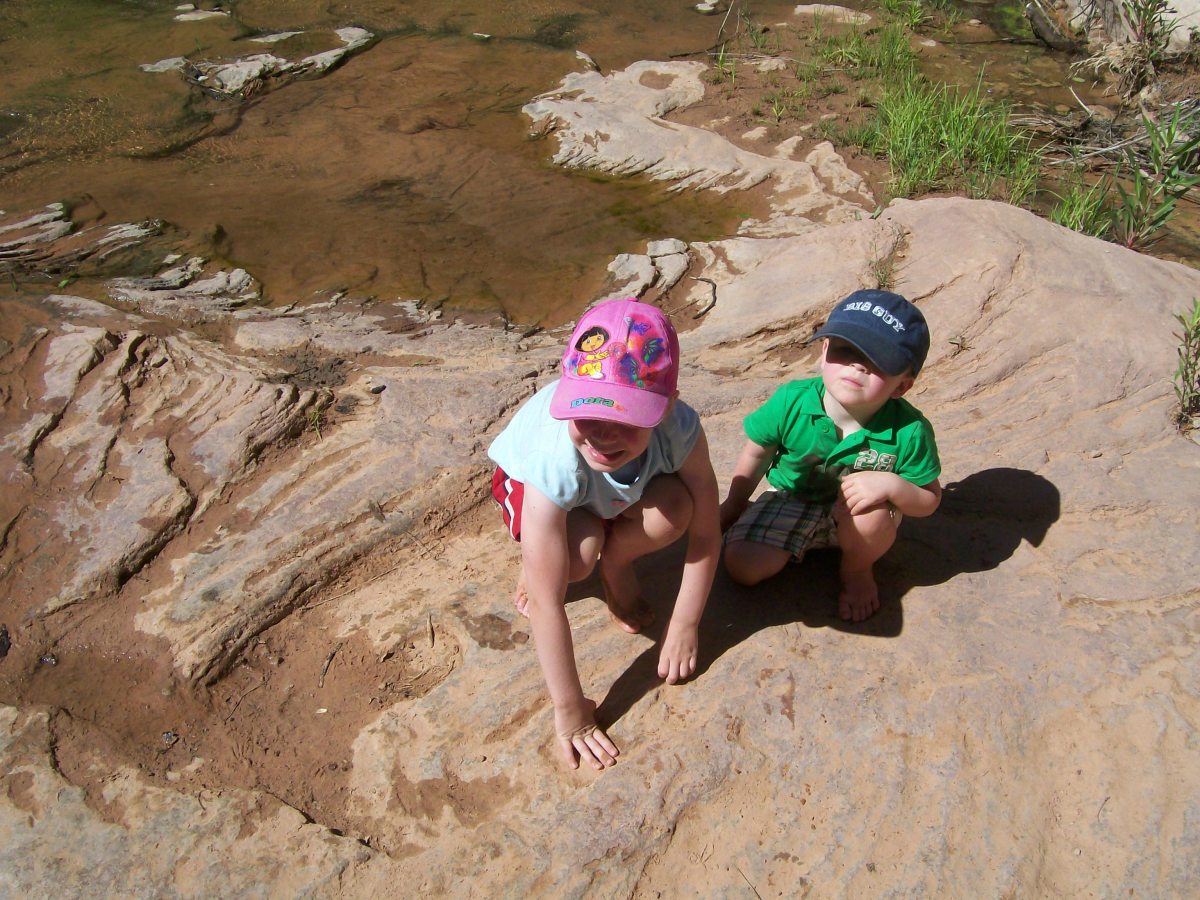STAYING IN CONTROL: 5 TIPS FOR WORKING WITH KIDS
Suggestions for teaching & leading children
Picture this...
You've been hired to work with young people either as a teacher, a coach, or an after school leader, doing various fun activities with them.
Being that you've always enjoyed being around children, you are happy for the opportunity to impart your knowledge to those formative minds. Or maybe you just like to play with the young-uns.
I know that feeling - for almost 20 years I was in the "kid business" as an elementary school physical education teacher / coach, an after school leader and a tutor.
Over that time I learned some very important tips as far as making sure that your experience with kids is a good one, without chaos or feeling that they are monstrous animals.
If you want to do well in this endeavor, you need to remember these five things:
1. THE MOST IMPORTANT DAY IS DAY ONE
That's the time when you need to establish to the kids in your class or group that you are in charge - that YOU are the boss.
This is done by making a list of the rules to follow - not too many however, no more than six or so. After the list is made, you must go over them with your charges so they will understand what the boundaries are.
When I was a PE teacher, I'd have an assembly with my different classes on the first day of school, telling them that the activities and games that many of them are so looking forward to would not start until the rules were gone over and understood.
Things usually went smoothly after that, as opposed to my earlier years in the profession when I just started with the activities and ended up often having to stave off chaos.
The reason? Because by knowing what is acceptable in class, the kids would know what's expected of them. Plus it sets the tone for the whole year or season.
That is a key to having a good experience with a class or a group. If they don't know what the standards are, they start to think that they can do whatever they want.
And that's bad.
2. ESTABLISH A ROUTINE AND STICK WITH IT
This is not only self-explanatory, it's also essential.
Children thrive on routine, especially younger ones.
Classes, sports teams, and after school groups run smoother when there is a routine because the youngsters know what to expect, rather than going buck-wild due to the fact that they don't know what they're supposed to do.
And it's fairly easy to do - simply have some opening activities that your charges do every day. In my PE periods I always started the class with warm-up exercises, the same ones every day. That worked as far as keeping control, because the kids knew what to do right off the bat.
Having a routine works. Trust me on this.
3. HAVE CONSEQUENCES FOR BAD BEHAVIOR
Kids need to understand that there are consequences for their actions. That if they do things such as mouth off, cop an attitude or show disrespect, there will be repercussions.
What I usually did in my classes and groups was bench the offender, separating him from the group and from whatever was going on. The length of time they sat depended on the seriousness of the crime.
I have also reported infractions to my supervisors and called parents expressing my concern for their kid's behavior. Having backup in this manner is important.
And yelling or berating a child is ABSOLUTELY unnecessary, however much you would like to do so. If a kid talks back or whines, calmly say something like "I'm not going to argue with you", and then ignore his rants.
To not have consequences for misbehavior is to invite kids to walk all over you. They will see weakness and think that they can do whatever they please, which will lead to an out-of-control situation.
In short, all youngsters must understand that bad behavior, mischief, and disrespect will not be tolerated.
And it's your job as the teacher / coach / leader to imprint this in their gray matters.
4. REWARD GOOD BEHAVIOR
Just as bad behavior needs to have consequences, good behavior needs to be acknowledged and rewarded.
Kids tend to behave better and are motivated to do so if they know there's an incentive, or a "carrot", as I like to call it.
Among the "carrots" I have offered and given to my charges over the years:
-Good slips for kids to show to their teachers after PE class or recess.
-Play "dollars" that can be redeemed for toys, games, and treats.
-Award certificates to give out at school assemblies, so everyone can see what a good job that kid did.
-Letting the youngsters play a game or partake of an activity of their choice.
-Having a room party on the last day before a holiday or a vacation.
-Letting the best-behaved kid sit in my special chair; I've done that often in my PE classes.
By doing this, the teacher / leader gains popularity, and the kids will often do their best to be on their best behavior in order to get those rewards.
One little caveat: These incentives tend to be more effective at the elementary level, so if you work with middle or high schoolers, you may need to be a bit more creative in your incentives.
5. THE TOUGHER THE KIDS ARE, THE TOUGHER YOU HAVE TO BE
During my time in the kid business, I worked at quite a few schools with all socio-economic levels, from upper-class places with parents who drove Rolls Royces to gang-infested neighborhoods and barrios.
The most important lesson I learned from working in those diverse areas was that in certain places you can be nice, sweet, and Barney the Dinosaur-like in dealing with your charges.
In other places, however, to be like Barney is to be seen as weak and a complete pushover. You would certainly be asking for it.
These are the areas where the kids are often cursing, fighting, stealing, bullying, and back-talking. It's in those places where the teacher / leader needs to be tough, stern, strict, and intolerant of any misbehavior and nonsense.
A perfect illustration: The last job I had, as an after school teacher, most of the youngsters there were undisciplined smart-mouthed big mouths with little consideration for others. They sometimes fought, cursed, and almost always looked for ways to get away with stuff.
I knew that I had to be as tough as they were and not take any crap in order to get through to them and to be effective, or life at that job would've been a chaotic hell. It was hell at times anyway, but that's beside the point.
Bottom Line - The tougher the kids are, the tougher you need to be in order to maintain control.
Hopefully these tips are of at least some help as you work with your class, team, or group.
In any organization, control and order must be maintained in order to have success. And as a teacher / coach / leader, it's your job to maintain such.
I know what recent research and all those people at those boring inservices have said about treating the kids like fine china and things like that. Indeed, there are many ways and tactics to achieve order in a class or group. BUT...
It's ultimately up to you what advice to take to heart, some research from some lady who's probably experienced nothing but Barney-level situations her whole professional life?
Or someone who's been out there in the trenches - who has been cursed at, called nasty names, who's had money stolen from, and even had a pipe pulled on? Who has worked with potential gang members and spoiled kids who see you as a nanny or a servant.
All I have to say is that I found that these five suggestions are what worked best for me. If they work for you as well, great.
Whether or not you do find them effective, I wish you nothing but success as you partake in the noble task of working with children, which after all is our most precious resource.








